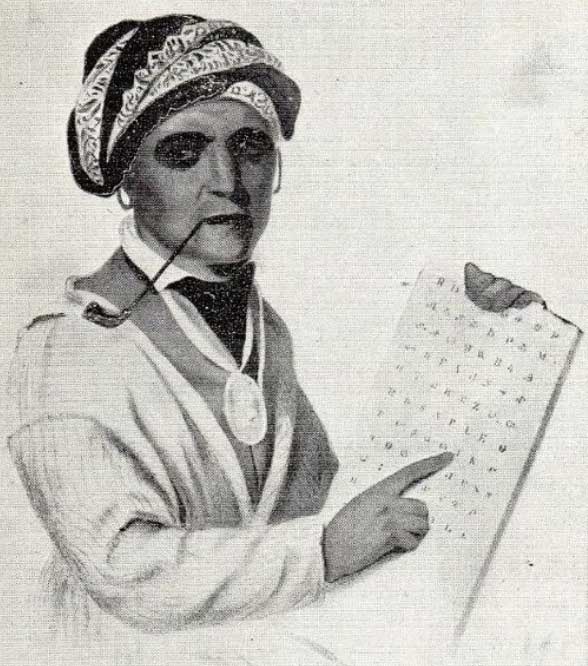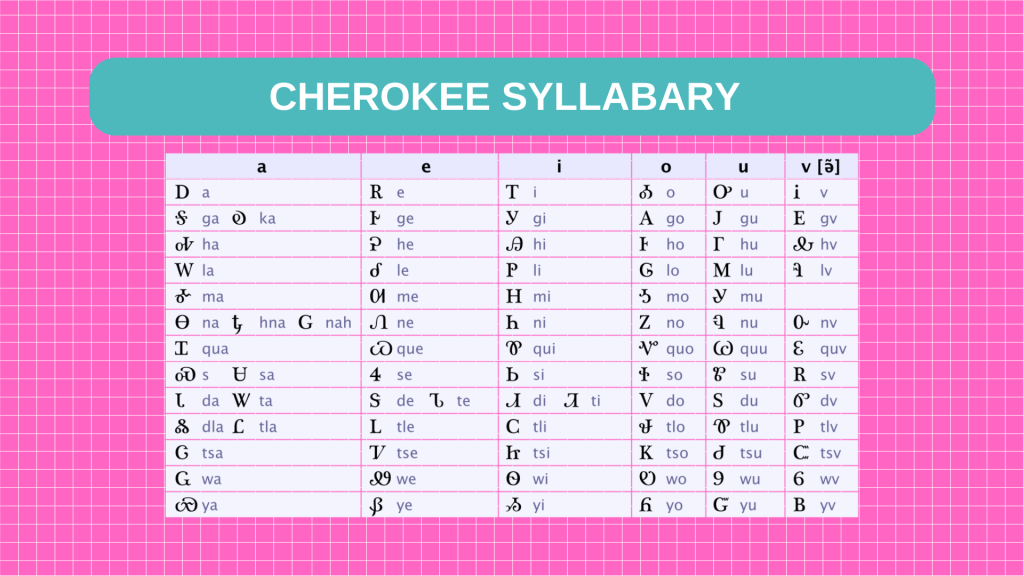Learning Cherokee Is an Incredible — and Rare — Opportunity!
Why study Cherokee at the University of Alabama
Critical Languages Center? Here are a few reasons:
Enjoy speaking this language with an Indigenous Language Master!
Learn authentic Cherokee culture/philosophy alongside language!
Students planning to major in anthropology, American studies, museum studies, culture studies, history, and many other fields may find this language a great asset in their careers.
History & Origin of the Cherokee Language

The North American origins and eventual English language form of “Cherokee” were researched by James Mooney in the nineteenth century. In his Myths of the Cherokee (1888) he reports: “It first appears as Chalaque in the Portuguese narrative of De Soto’s expedition, published originally in 1557, while we find Cheraqui in a French document of 1699, and Cherokee as an English form as early, at least, as 1708. The name has thus an authentic [sic] history of 360 years.”
The Cherokee language, known as Tsalagi or ᏣᎳᎩ ᎦᏬᏂᎯᏍᏗ (Tsalagi Gawonihisdi), is an endangered Native American language belonging to the Iroquoian language family. The Cherokee people originally inhabited the southeastern United States, including present-day parts of Virginia, West Virginia, Alabama , Tennessee, Georgia, North Carolina, South Carolina and Kentucky as original homelands in the Southeast.
Dialects
Cherokee has three major dialects. The Lower dialect became extinct around 1900. The Middle or Kituhwa dialect is spoken by the Eastern band on the Qualla Boundary. The Overhill or Western dialect is spoken in Oklahoma. The Overhill dialect has an estimated 9000 speakers. The Lower dialect spoken by the inhabitants of the Lower Towns in the vicinity of the South Carolina–Georgia border had r as the liquid consonant in its inventory, while both the contemporary Kituhwa or Ani-kituwah dialect spoken in North Carolina and the Overhill dialects contain l. As such, the word “Cherokee” when spoken in the language is expressed as Tsalagi (pronounced Jah-la-gee, Cha-la-gee, or Cha-la-g or TSA la gi by giduwa dialect speakers) by native speakers.
The Cherokee Syllabary
Originally, Cherokee was solely a spoken language. In the early 19th century, Sequoyah, a Native American polymath and neographer created the Cherokee Syllabary, which made it possible to write in Cherokee. Officially adopted by the Cherokee Nation in 1825, the syllabary also inspired the development of writing systems for other languages worldwide.

IMPORTANT NOTE for Native/Near-Native Speakers
Critical Language courses are for enthusiastic students seeking practical language skills. Native /near native speakers are NOT allowed to take any CLC courses in their native languages. 101 classes are strictly for total beginners. Any students with background knowledge (including heritage students) of the selected language must contact the CLC director for appropriate class level BEFORE registration. CLC classes are self-instructional and are best suited for highly motivated and disciplined students. Please feel free to explore the languages offered by the CLC.